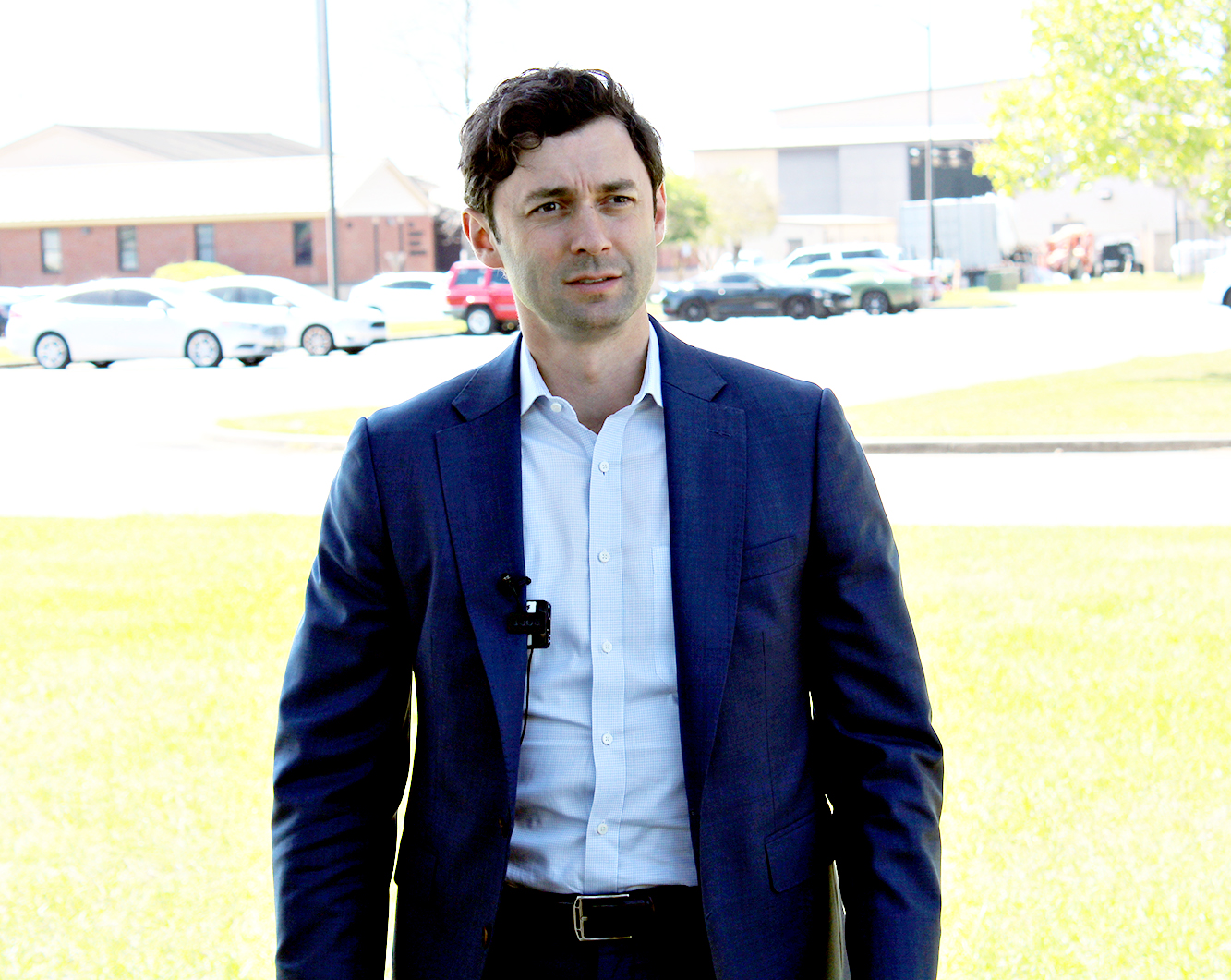Mill supporters fight on
Published 9:00 am Friday, September 21, 2012
After Oct. 25, Remerton Mills, LLC, will be officially cleared to proceed with the destruction of Remerton’s hallmark mill complex but until then, the newly formed Save Strickland Mills (SSM) committee has stated their intent to fight for the preservation of the embattled mill site until they can no longer do so.
The SSM was born just days before the Remerton Mills, LLC presented their petition for a Certificate of Appropriateness during a June session of Remerton’s City Council, according to the SSM.
“We pleaded with the elected city officials during their June City Council meeting to stop the demolition request,” stated an SSM press release. “In response, the members of the City Council postponed the decision until their September meeting.”
The SSM contacted 13 developers with hopes of finding buyers with an interest in preserving the site, according to the committee, but the developers felt that the site was overpriced.
The preservation committee also stated that they created conceptual site plans for the mill’s re-use and presented the drafts to city leaders and the mill’s
ownership group.
“We proposed an alternate plan reducing the rehabilitation portion of the property to just include the original 1899 brick building, smokestack and the 1930 water tower,” stated the SSM.
But not everyone took action when news of the mill groups’ demolition petition spread. Some people had already been fighting for the mills’ preservation long before a group of local businessmen partnered up to form Remerton Mills, LLC back in 2005.
SSM committee member Nina King, a direct descendant of Strickland Mill workers, said she began trying to get the Remerton United Methodist Church and the Remerton Mill on the national historical Register around the mid- nineties.
“I tried to get the city of Remerton interested,” said King. “I told them of other mills that had been restored, and that they had a gold mine and did not realize or appreciate it. But it fell on deaf ears.”
King said her grandparents relocated to Remerton in order to work at the mill, after an illness prevented her grandfather from continuing work on his farm. King said her father worked as a shop foreman in the mill for 57 years, and her brother stepped into the role when their father retired.
“The mill created many jobs, from the ones building the mill to the employees they hired to work in the mill,” said King. “The work was honest and wages low, but it provided a place to live and food for them.”
Mill Preservationist John Lovett said he has assisted in the restoration or reconstruction of 52 mills throughout the U.S. He said he and his wife have operated their mill for over 28 years, and they believe there’s hope for the Strickland Mills site.
“Even if funding is not presently available to restore and develop the complex, it may become so later,” said Lovett. “But without the buildings, this is of no consequence. I am prepared to assist in any way to develop a plan, locate machinery, advise on interpretive exhibits, and/or meet with local supporters if this would be helpful.”
Lovett attributes the pending extinction of mill sites around the country to three factors.
“First, the U.S. textile industry is almost extinct, the bulk of that manufacturing having moved to China, India, and Mexico, among other locations,” said Lovett. “A second reason for the disappearance of textile mills is the cost of maintaining such large structures in the current economic climate. It has become more economical in some cases to raze them and recycle the building materials. A third reason for the loss of textile factory buildings is a decline among Americans in interest of their own history.”
The Strickland Cotton Mill was constructed in 1899 and it was named after the Strickland family, who had a controlling interest in the company, according to the SSM.
The mill capitalized on the lucrative Sea Island Cotton industry during the late 19th and early 20th centuries in Georgia, stated the SSM, and the company built a village next to the mill.
The SSM stated that the village consisted of 75 workers’ cottages, three churches, three large superintendent houses and a schoolhouse.
Additions were constructed at the mill complex around the 1940’s and the 1960’s. And in 1951, the City of Remerton was incorporated.
The mill was closed down twice, after a short stint under the control of the Wilkinsons, before Remerton Mills LLC purchased the mill property in 2005 with hopes of redeveloping the site.
“Remerton was named for Mr. Remer Lane,” said King. “The mill was named to compliment Mr. B. F. Strickland who did so much to bring the business into existence. My other thought is that if the mill is demolished that the bricks would be saved so that former mill residents could have a brick from the mill.”
King said she takes joy in knowing her mill reunion will be October 20, which she hopes will give reunion attendees an opportunity to take one last look at the old mill.
“I would like for lots more people to join the Save the Mill committee,” said King. “And I am still hoping for a miracle, as miracles do happen!”
For more on this story and other local news, subscribe to The Valdosta Daily Times e-Edition, or our print edition.





